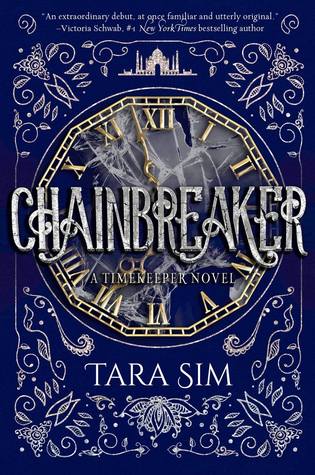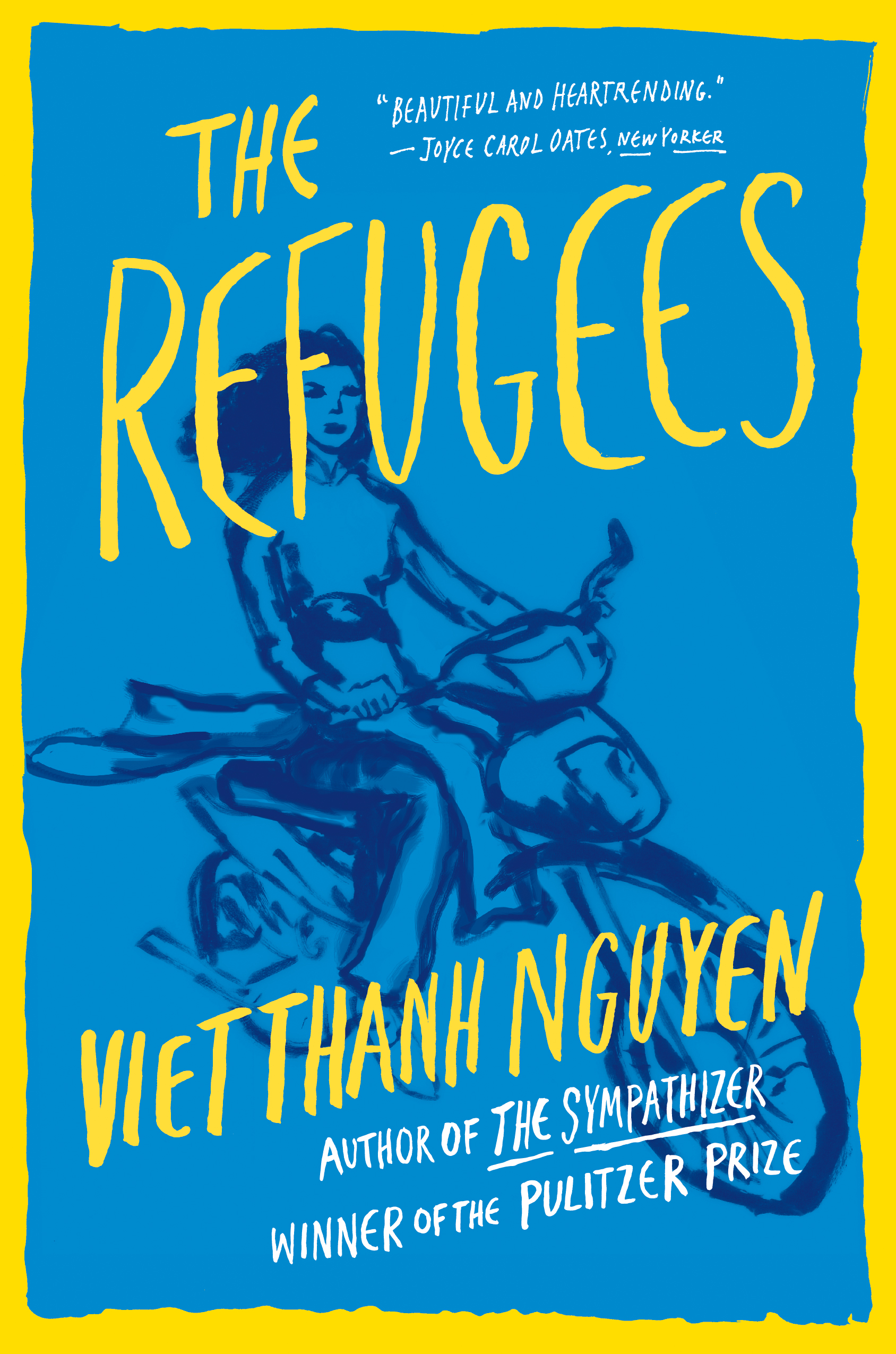By Stephen Hong Sohn

This novel was originally published a couple of years ago in Canada. With the help of an enterprising scholar north of the border, I was able to acquire a copy, but if I had waited patiently enough, Shani Mootoo’s latest would find a North American publisher: Akashic. I have to say Akashic is slowly, but steadily building one of the best catalogues with respect to Asian American and Asian Anglophone literatures; it already has published most of Nina Revoyr’s novels and a number of recent highlights, including Avtar Singh’s Necropolis. In any case, this description comes from Kirkus Reviews, which can be found under the editorial reviews at B&N: “A man explores the life story of his absentee transgender parent. Growing up in Canada, Jonathan Lewis-Adey was raised by two mothers, India and Siddhani. When the couple split around Jonathan's 10th birthday, he stayed with India and lost touch with Sid, as she was known. Many years later, Jonathan—now a writer—wants to reconnect but has no success finding Sid in Toronto. Instead, he tracks down a man with the same last name in Sid's native country of Trinidad. Traveling there in the hope he has found a relative, Jonathan instead realizes he has found his lost parent—now living as a man named Sydney in the island nation. Over the course of 9 years, Jonathan re-establishes himself in Sydney's life—but it is only at the old man's death, and through the revelations that follow it, that Jonathan comes to understand him. Mootoo (Valmiki's Daughter, 2009, etc.) is clearly interested in Sydney as a symbol of what it means for a person to exist in a hybrid space: Sid/Sydney's story is as much about negotiating the differing cultures of Canada and Trinidad (where he hailed from an elite family) as it is about spending an uneasy life in the body of a woman and then transitioning to a man. Readers who enjoy rich details of place will find Mootoo's writing about her settings to be luxuriant; we are especially treated to abundant descriptions of Trinidad. But these descriptions can come at the expense of pacing and characterization—Jonathan in particular seems inert and blurry, no match for the vitality of the world he finds himself in. A slow-moving but thoughtful exploration of place and identity.”
Sadly, the B&N site did not even have its own editorial description, and I didn’t agree about Jonathan’s characterization as inert or blurry. After all, most of the novel is told through his perspective, so we get quite a lot of information about him and his preoccupation. Perhaps, most evident is that he narrates Sydney’s life through his cisgender, heterosexual perspective. In this way, the novel’s greatest triumph is its painfully poignant characterization of a privileged son, who cannot always embrace the transition that his mother—now father—has made. Even up until the final pages, there is an occasional slippage of gender pronouns: Jonathan still calls Sydney a “she” and part of this failing is evident of the kind of myopia that Jonathan never finally rises above. At the same time, Mootoo is quite careful in creating a narrator who is necessarily pushing himself: he comes to embrace Trinidad and the so-called descriptions of the “settings” as “luxuriant” is of course Mootoo’s way of showing another romance that is occurring. The queerness of this romance is never one that Jonathan can fully see as non-normative, which allies him in more ways with his father than he ever realizes. An outsider to Trinidad who longs to be an insider, who finds something to love even as one cannot necessarily be claimed is exactly what Sydney goes through himself his entire life. So, while the novel generously reveals this lesson, what is blurry is not so much Jonathan but whether or not that he understands the larger lesson not only of Sydney’s painful story of loss, transition, and desire for inclusion, but that he himself still has so much growing to do.
In terms of Mootoo’s larger publication history, I was especially impressed by the aesthetic experimentation in this work, at least with respect to the narrative perspectives that I’ve seen in previous novels. Certainly, Mootoo’s always had a more fragmented writing style, but I don’t think I recall her using much first person narration. Here’s there’s a metafictive or at least metanarrative element going on because the first section seems to be coming from Sydney’s notebooks. The second portion is referenced as Jonathan Lewis-Adey’s memoir, but this final section (which is most of the novel) is actually a hybrid between his experiences traveling back to Trinidad to visit with Sydney (who is suffering from pneumonia complications) and his detailing of Sydney’s life. What is
evident here is that Sydney is well aware that Jonathan has long felt abandoned and that of his two guardians, Sydney was always the one he gravitated to emotionally, so when Sydney and India break up, that rupture is one he does not take very well. Because India does not want Sydney to have contact with Jonathan, Jonathan develops a long standing grudge that Sydney disappeared from his life without ever really providing him with an adequate explanation. Much of Jonathan’s impulse to come to Trinidad, then, is to find out whether or not Sydney actually loved him, which he obviously did. You want to shake Jonathan at many points because he seems so insecure about this fact and to push him to think beyond this obsessive tendency to direct so much value to this one element of his life. In any case, as you can see, I have strong feelings about the novel, but what’s especially moving is Mootoo’s desire to show us the complicated dynamics of a family from the perspective of a cisgender man.
Buy the Book Here:
Review Author: Stephen Hong Sohn
Review Editor: Leslie J. Fernandez
If you have any questions or want us to consider your book for review, please don’t hesitate to contact us via email!
Prof. Stephen Hong Sohn at ssohnucr@gmail.com
Leslie J. Fernandez, PhD Student in English, at lfern010@ucr.edu






